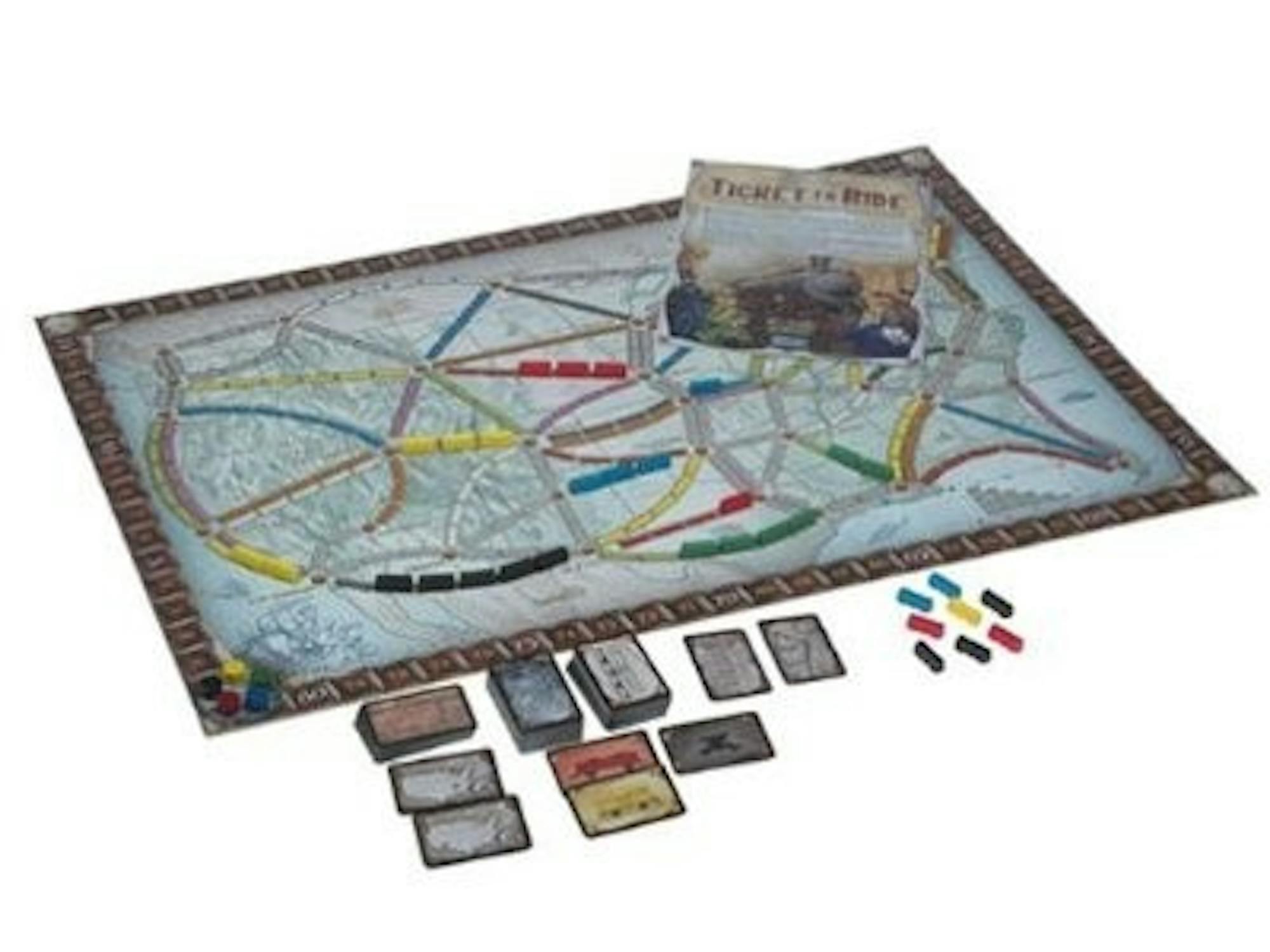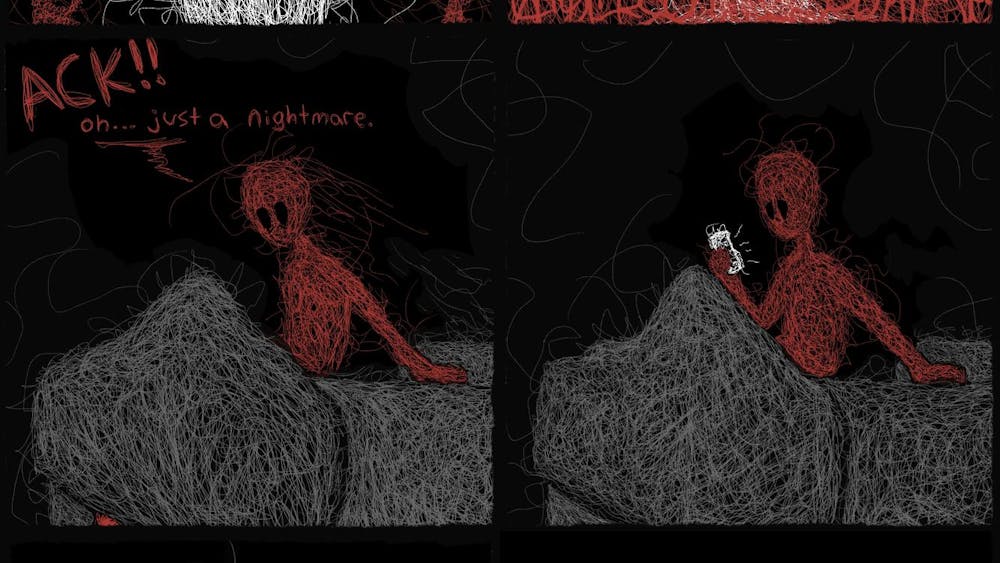For the last two decades video games have steadily grown in popularity to the point where nearly every household probably has at least one gaming system.
Despite a slight dip in sales this year, consumers are still snapping up video games as the cost for most systems has come down to a reasonable $200.
In short, video games aren’t going anywhere—but surprisingly their cardboard cousins, the board games, are making a dramatic return.
But these aren’t your parents’ board games. Obviously classics like Clue, Scrabble and Monopoly are still around, but the world of board games is no longer dominated by big companies like Milton Bradley or Parker Brothers.
Instead, the latest trend is designer board games. Unlike games in the past which have been produced by large companies, designer games prominently feature the name of the creator on the box—which might be a small detail, but says a lot about the creative nature of designer games.
Though not technically new, their popularity in the United States has only caught on in the last few years. While party games like Apples to Apples and Cranium dominated the U.S. market in the late ‘90s and early ‘00s, in Germany a similar trend was happening with designer, or “German-style” games.
German-style games place an emphasis on strategy and replay value, and are often fairly easy to learn but difficult to master. Typically designed for between 2 and 6 players, these games are social in nature, sometimes even requiring players to work together as opposed to competing against one another.
The biggest differences between this new breed of games and classics like Monopoly or Risk are the roles of cards and dice.
Both Risk and Monopoly prominently featured cards in the game play, but these cards often played minor roles compared to the all-important dice. For example, gaining territory cards in Risk can change the tide of the game, but the player’s success is still determined by how lucky their dice rolls are.
With most designer games, however, dice are relegated to the minor role, often functioning as a means to get more cards which serve as the basis for most games.
In Settlers of Catan—which is often considered the quintessential German-style game and won the prestigious Spiel des Jarhes (game of the year) in 1995—players role dice to gain resource cards, which are used to buy victory points. Winning the game involves strategically playing cards, not just the luck of the dice.
In most designer games there are more cards than are necessary each time you play, meaning there are more variables which can change from game to game. This gives games like this year’s Spiel des Jahres winner Dominion much more replay value compared to a game like Monopoly, which is more or less the same each time you play it.
In Dominion players assemble decks by buying victory cards, treasure cards and action cards—which do everything from giving you extra cards to stealing your opponent’s cards. The player with the most victory points at the end of the game wins.
If it sounds geeky, it is—but that’s part of the fun.
Designer board games seem to be partly inspired by the increasingly complex nature of video games.
Most people these days want something engaging and challenging, and board game designers have taken up the call. Modern board games are more involved and more heavily based on strategy. Most take upwards to an hour to play, but the lasting appeal is found in heavy replay value.
One of the most unique and innovative new games is Pandemic. On the surface the game looks like a rip-off of Risk, but once you start playing it’s pretty clear that creator Matt Leacock has made something pretty special.
The board shows a basic map of the world, with several dozen major cities connected by lines. At the beginning of the game, and at the end of each player’s turn, infection cards are drawn and colored cubes are placed on the corresponding city. There are four sets of colored cubes, each representing a different virus. When a city gets more than three cubes an outbreak occurs, automatically sending a cube to each adjacent city. If several outbreaks happen in the same area they can quickly end the game.
Players assume roles like Medic and Researcher and work together to try to stop the spreading infection and cure all four diseases before it’s too late. With its emphasis on cooperative game play Pandemic is great for a group of die-hard gamers and families alike.
Another Spiel de Jahres winner is Ticket to Ride, an inventive game which has players collecting cards to build railroads connecting specific cities across North America. The game has a fairly simple premise, but with a limited number of spaces to build tracks, players must decide whether to work on their own rail lines or try to block other players.
The board game renaissance has caught on with a few of the old-timers, with Risk and Monopoly both releasing numerous new versions with added pieces and additional rules. Of all these new adaptations the most successful has been Risk: Godstorm, which put an ancient mythology spin on the classic strategic war game.
Borrowing from German-style games, Godstorm puts an emphasis on purchasing one of four gods—magic, war, death and sky—which have their own set of action cards. The action cards represent the biggest change to the formula, making it so that even when one player controls half the board the other players can still get back in the game if they get the right cards. Some of the cards have devastating effects which can completely change the course of the game.
These are only a handful of the many terrific games that have been released in the last decade. For more information on just about every board game ever made visit www.boardgamegeek.com and get in on the craze this holiday season.










